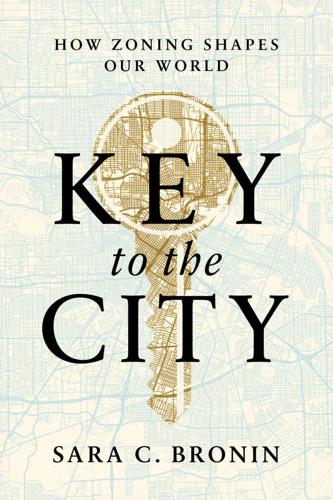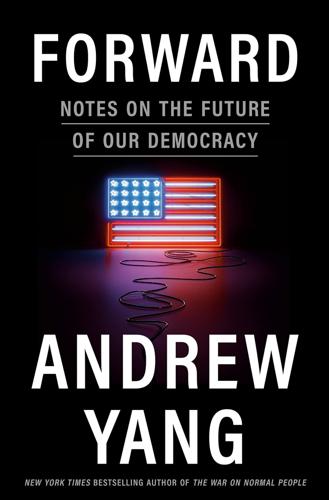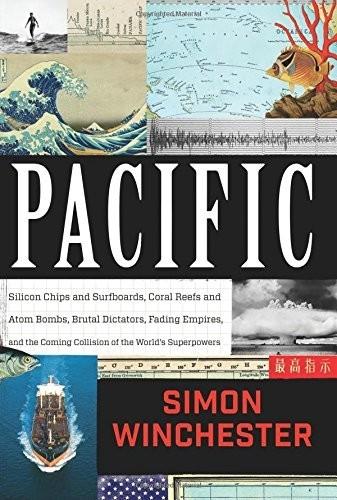The Day the Music Died
description: refers to the plane crash in 1959 that killed Buddy Holly, Ritchie Valens, and J.P. 'The Big Bopper' Richardson
3 results

Key to the City: How Zoning Shapes Our World
by
Sara C. Bronin
Published 30 Sep 2024
Walsh, “Zoning and the Economic Geography of Cities” (working paper, National Bureau of Economic Research, 2016). 47 the city decided to use zoning: PBS, “Music Row: Nashville’s Most Famous Neighborhood,” aired August 17, 2017. 48 blew out the first floor: Jeremy Hill, Country Comes to Town: The Music Industry and the Transformation of Nashville (Amherst: University of Massachusetts Press, 2015). 49 over 3,200 residential units: Metropolitan Government of Nashville and Davidson County Planning Department, Music Row Vision Plan, 2019, 18, 22. 49 property values increased by 176 percent: Metropolitan Government of Nashville, Music Row Vision Plan, 18. 49 saw the shuttering of the last live music venue: Margaret Renkl, “The Day the Music Died,” New York Times, January 21, 2019. 50 conservation overlay district: City of Nashville, Neighborhood Conservation Zoning Design Guidelines for Turn-of-the-20th Century Districts (Parts I and II) (2021). 50 buildings were demolished: Historic Nashville, “Save Music Row!” www.historicnashvilleinc.org/get-involved/save-music-row/. 50 half of the remaining businesses are music-related: Metropolitan Government of Nashville, Music Row Vision Plan, 10. 50 especially in the northern portion: The southern portion has some “conservation”-type zoning protections that make such exemptions harder. 51 zoning code could offer TDRs: Metropolitan Government of Nashville, Music Row Vision Plan, 29.

Forward: Notes on the Future of Our Democracy
by
Andrew Yang
Published 15 Nov 2021
For me, the Wing Ding was the first time I was getting the chance to address such a large group of people—a thousand—and in front of dozens of reporters. The venue, the Surf Ballroom, is most famous as the place where Buddy Holly, Ritchie Valens, and the Big Bopper played right before their plane crashed six miles away in 1959, which was later christened “the day the music died” by Don McLean in “American Pie.” I tried not to dwell on that ominous history, though I absolutely love that song. It was my first major political speech. It’s not my custom to make emotional appeals, but I also knew, from the numbers, that a knockout performance would get me 2.5 percent of the way to forty thousand if I somehow converted everyone in the room.

Pacific: Silicon Chips and Surfboards, Coral Reefs and Atom Bombs, Brutal Dictators, Fading Empires, and the Coming Collision of the World's Superpowers
by
Simon Winchester
Published 27 Oct 2015
And the date selected—of what is now known as the start of the standard reference year, or the Index Year—was January 1, 1950. Before January 1950 the atmosphere was radiochemically pure. After January 1950 it was sullied, fouled by bomb-created isotopes. So this date, this otherwise unexceptional Sunday when Ho Chi Minh began his campaign in Vietnam, when the Japanese started recalculating how old they were, the day the music died in Grand Central Terminal, would become for scientists a new Year Zero. The choice of the date was scientifically elegant, logical, and precise. And it would soon spread beyond the world of science alone. For it would have an impact on the entire question of what was meant by the use of the simple word ago.